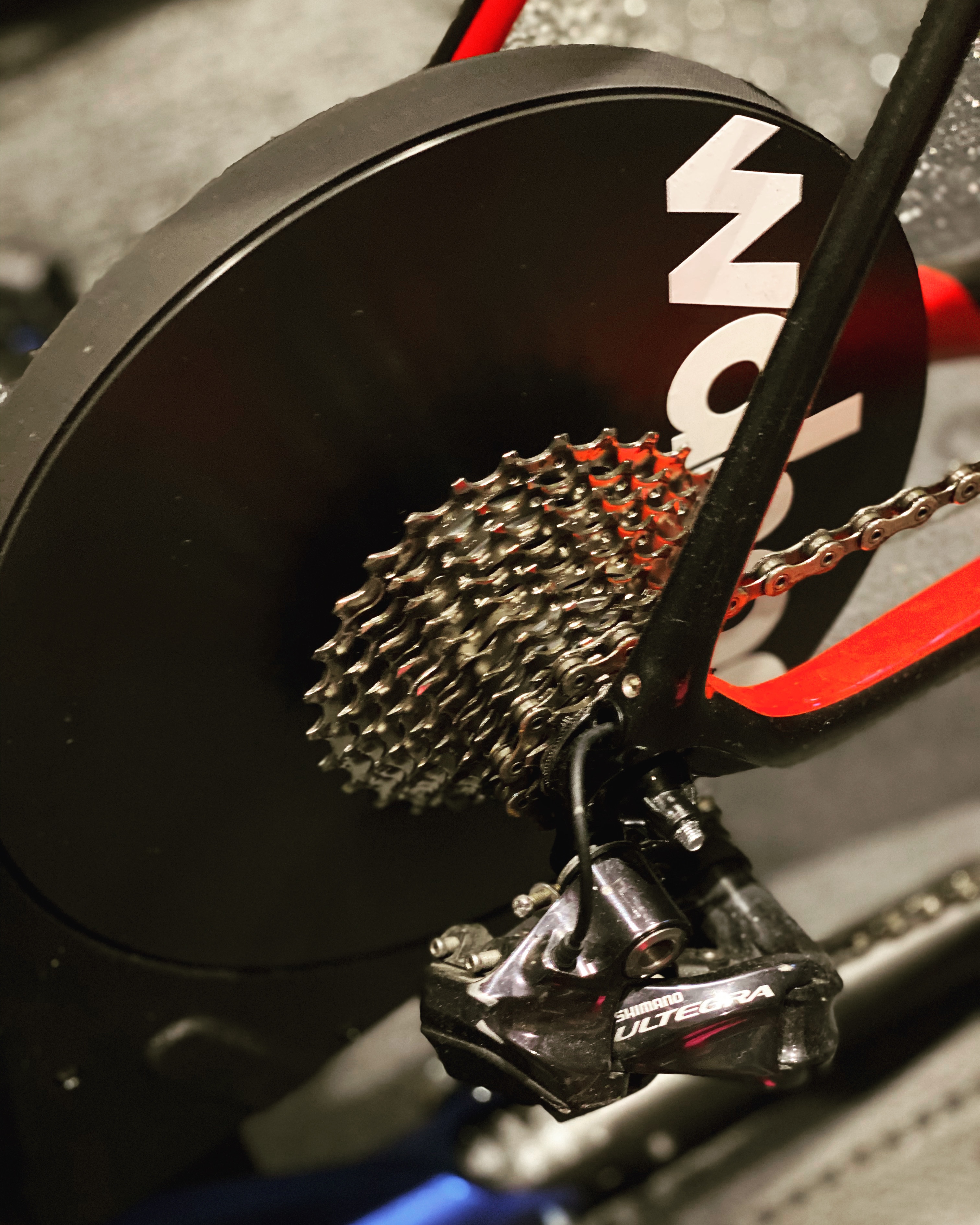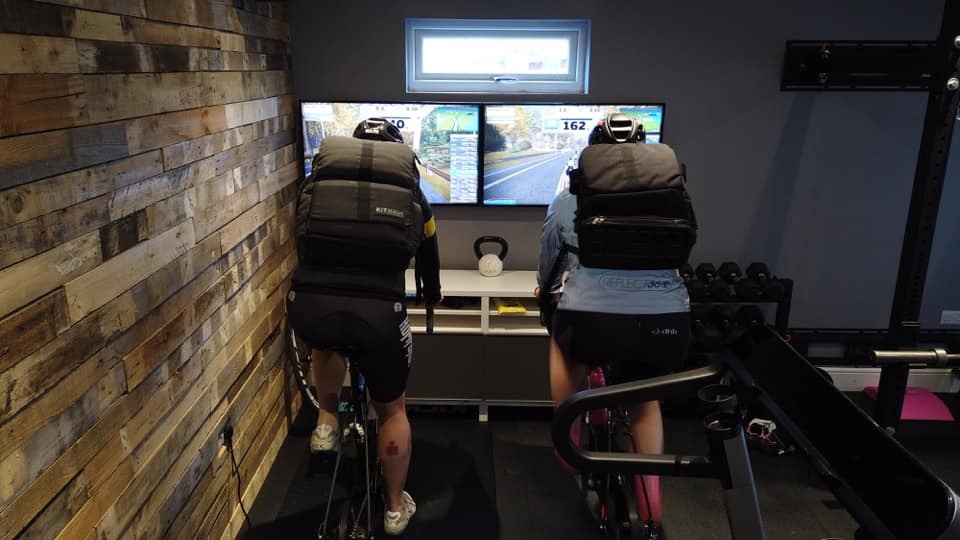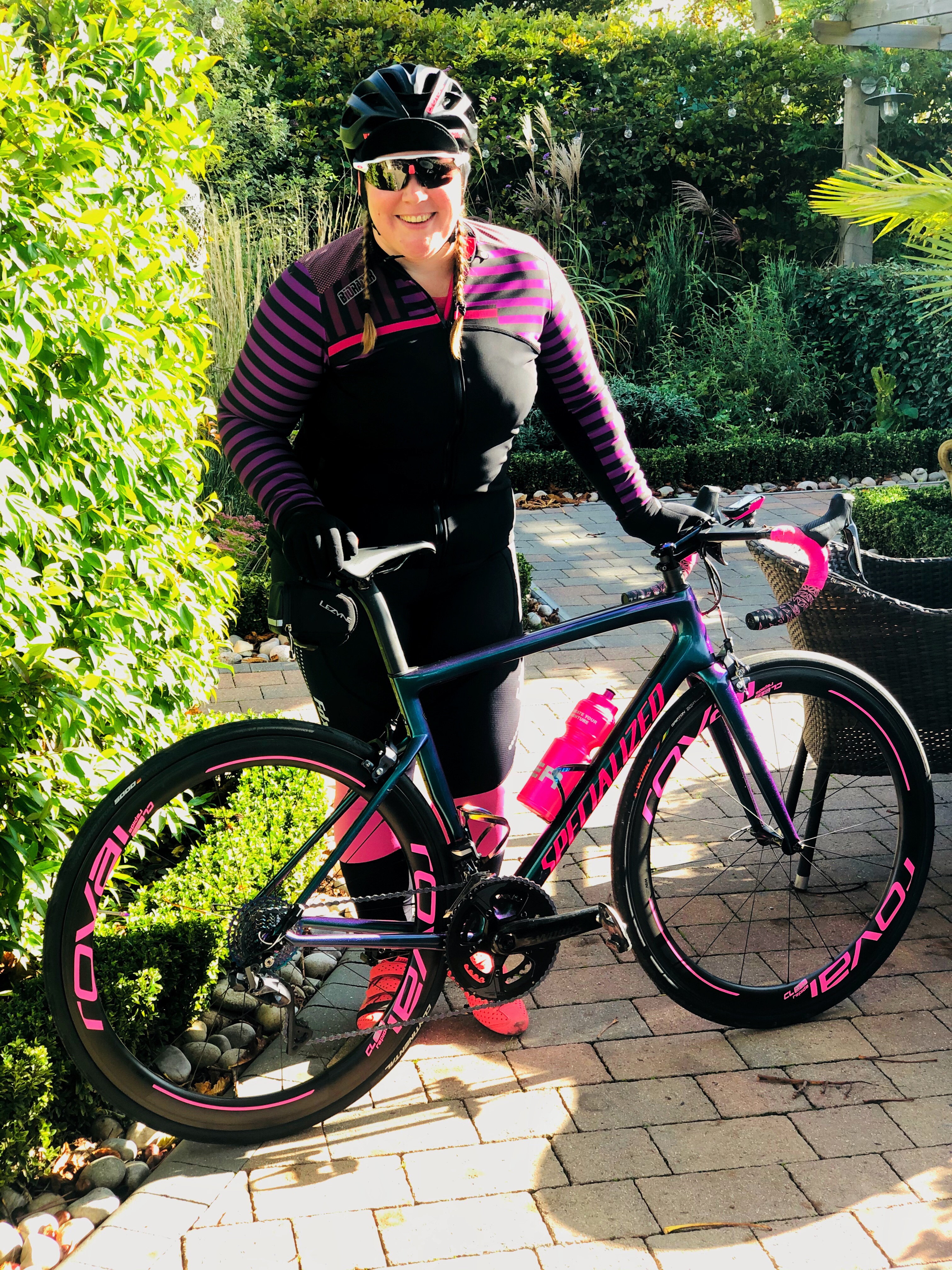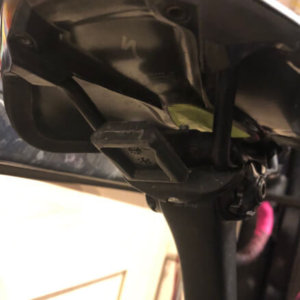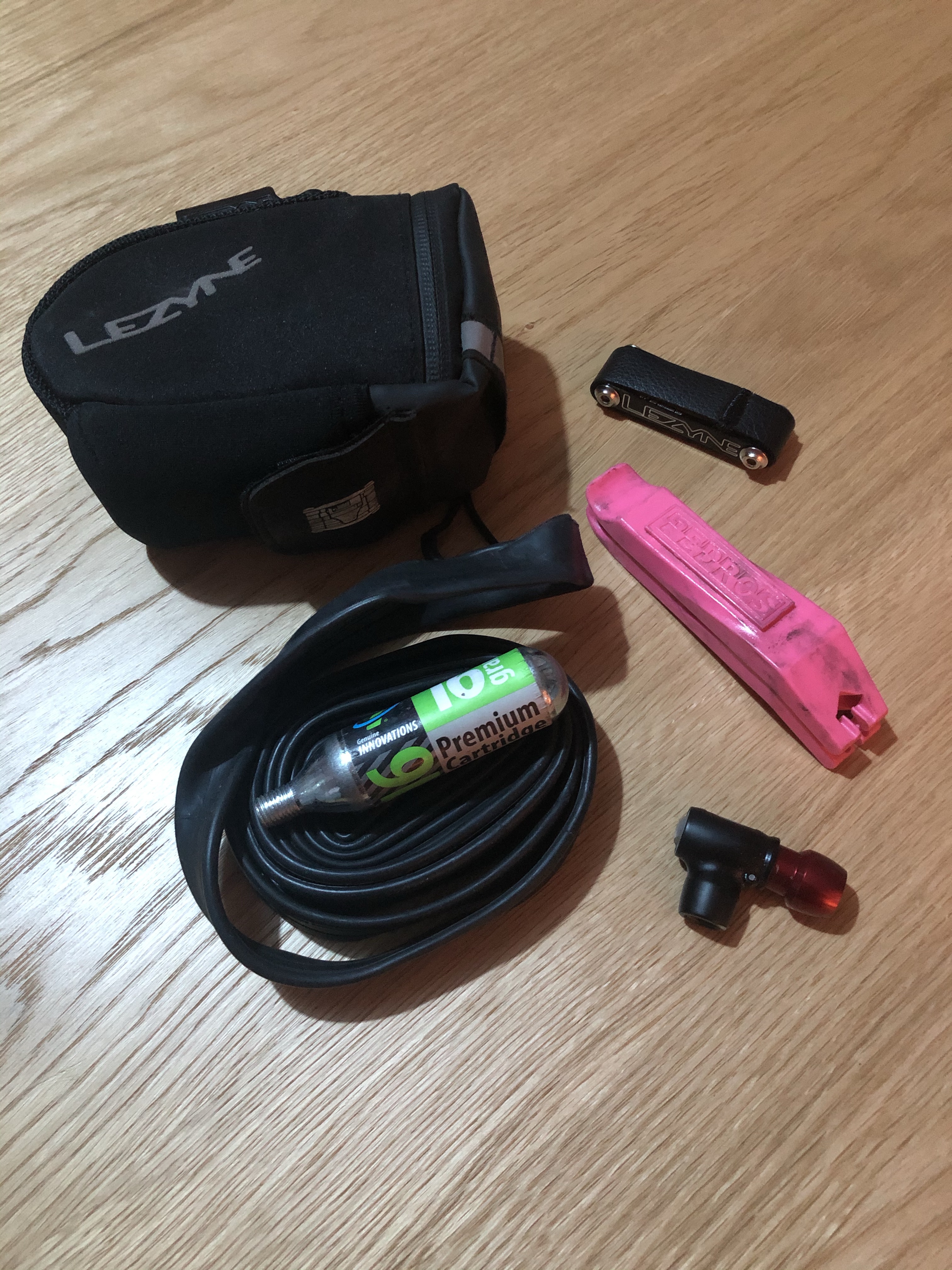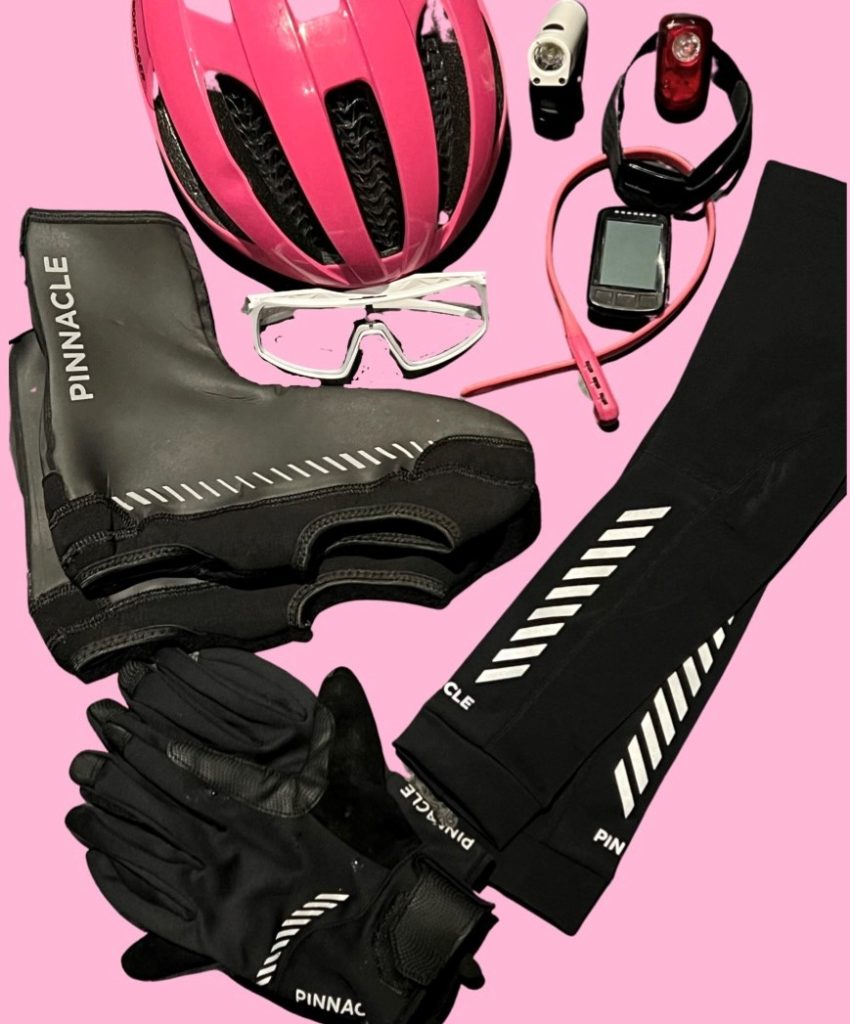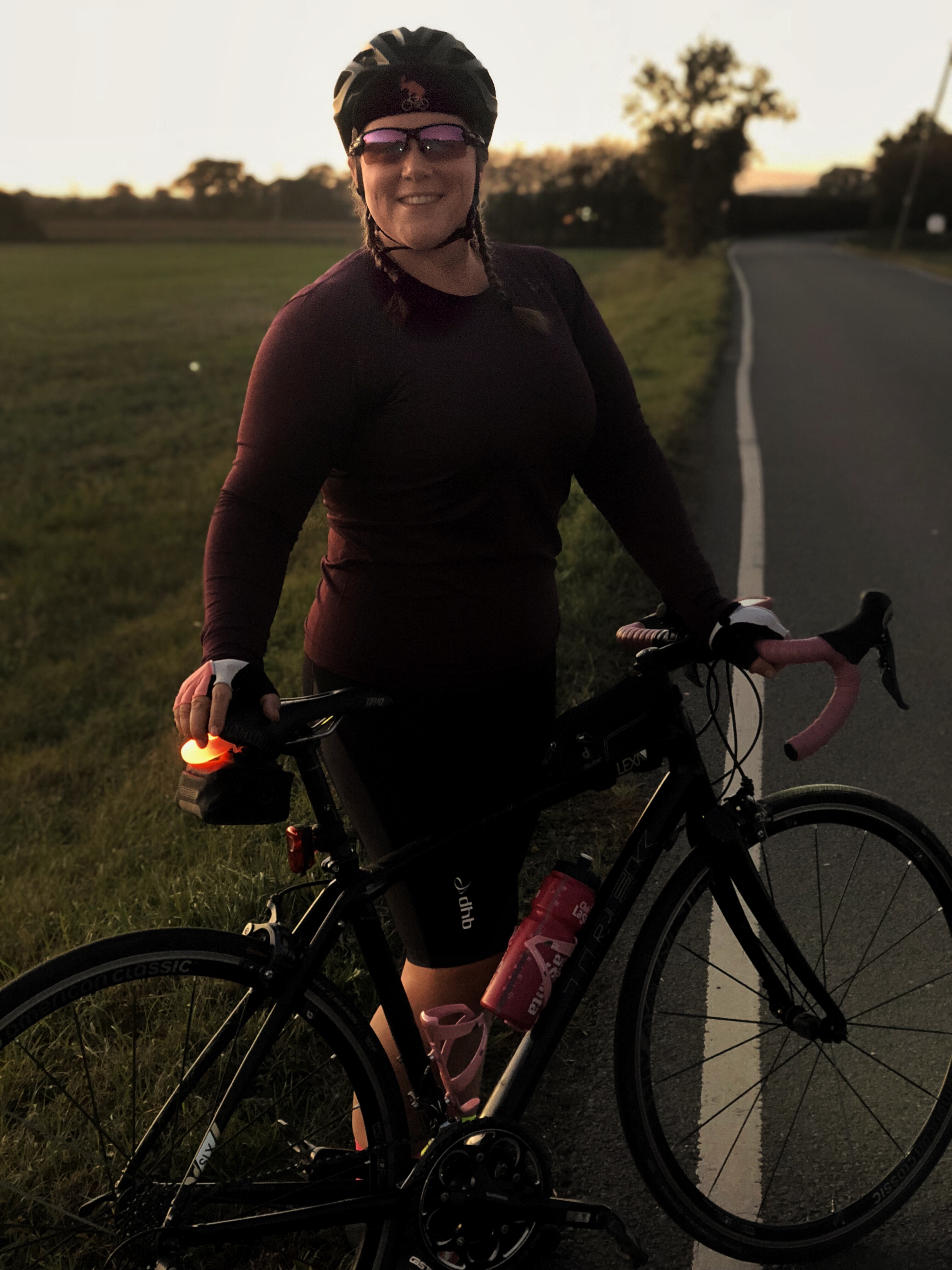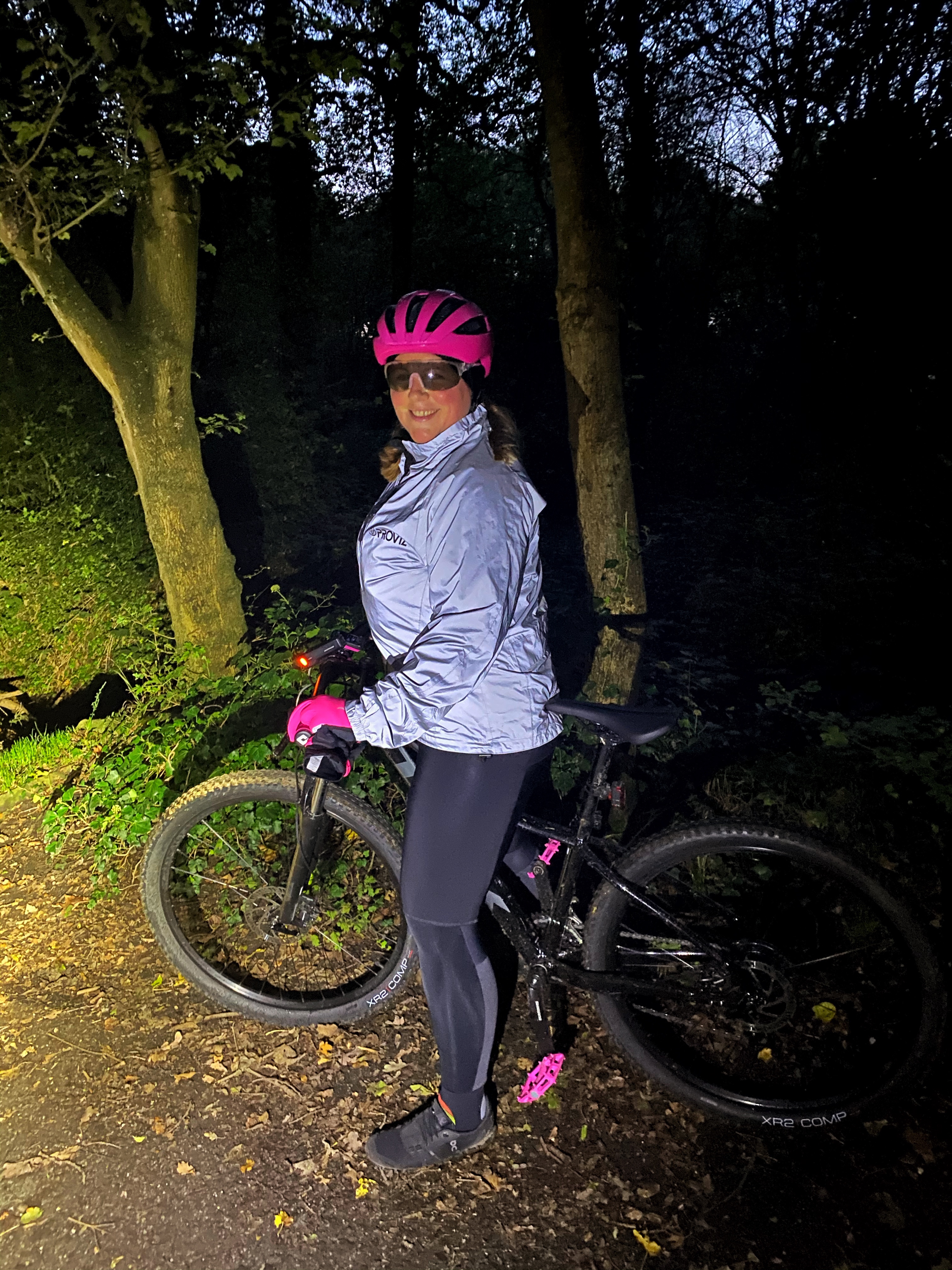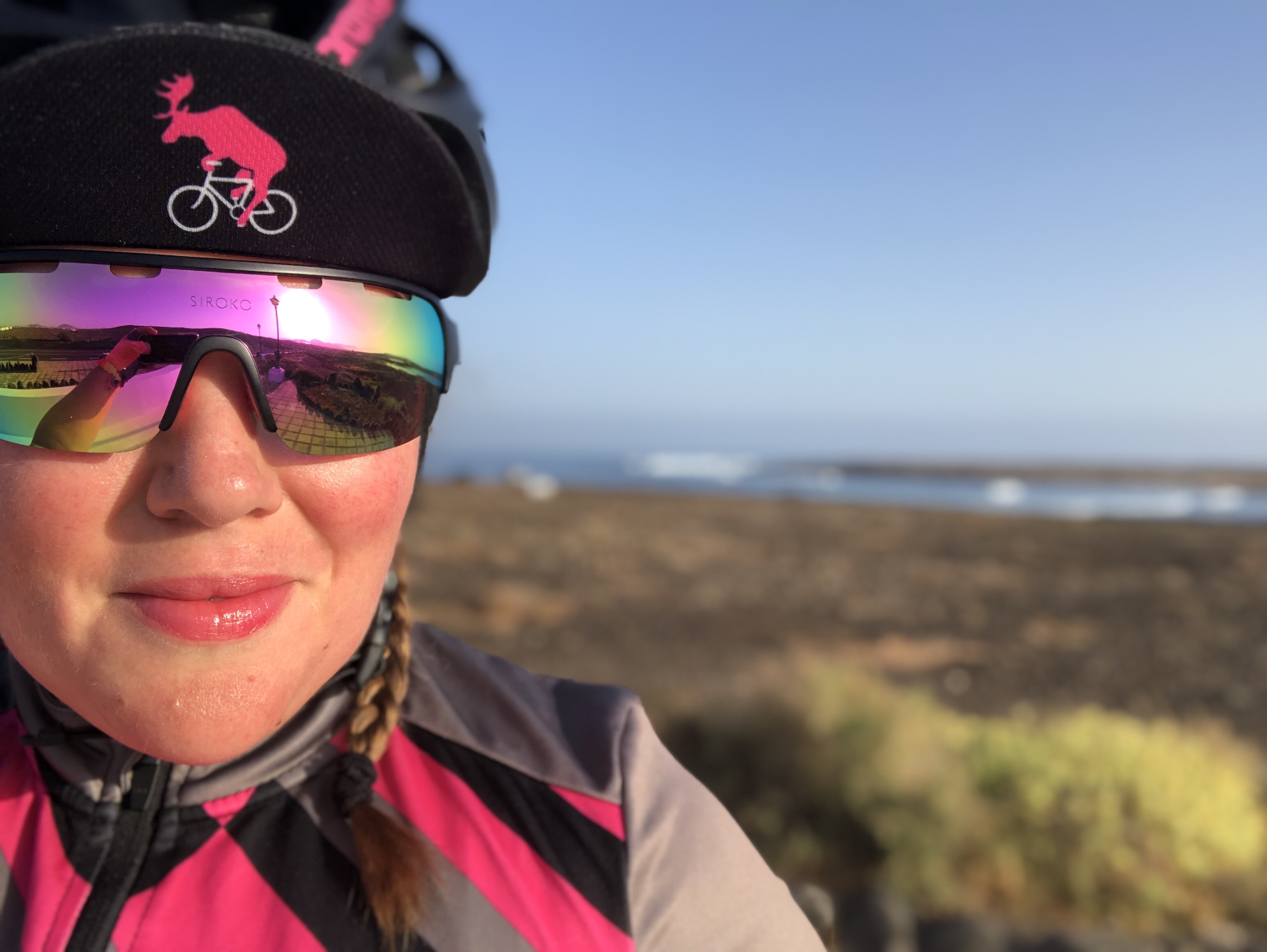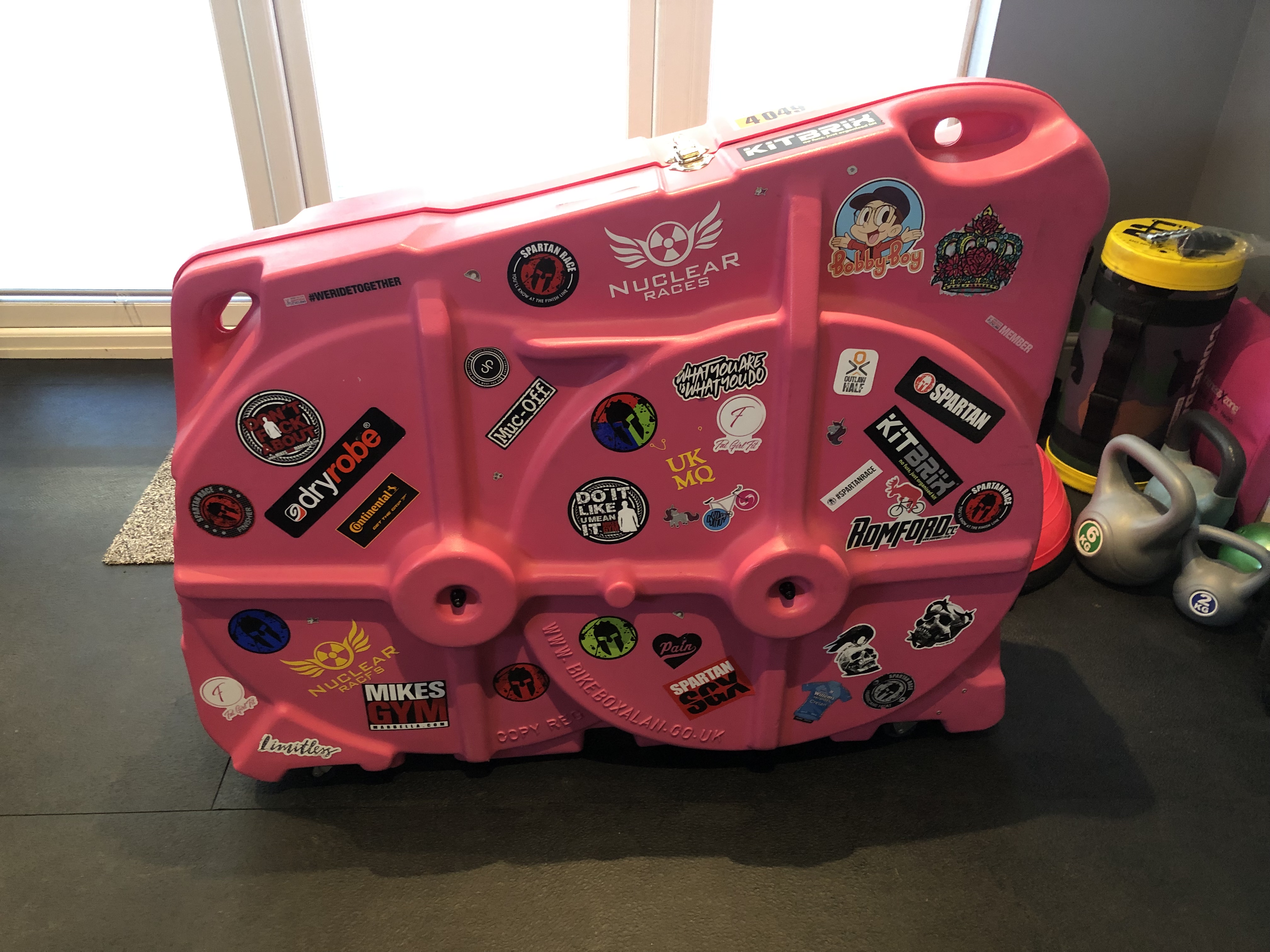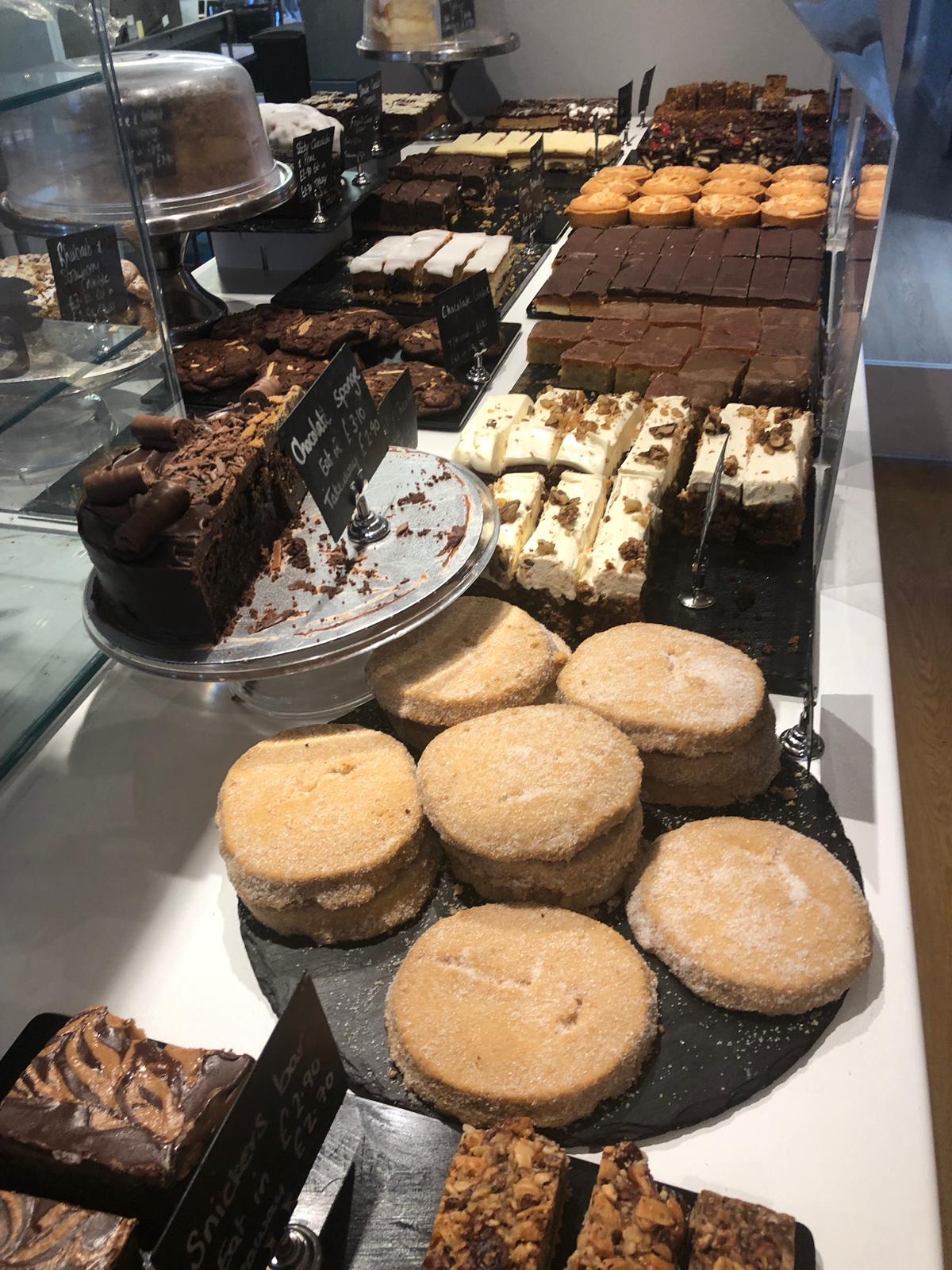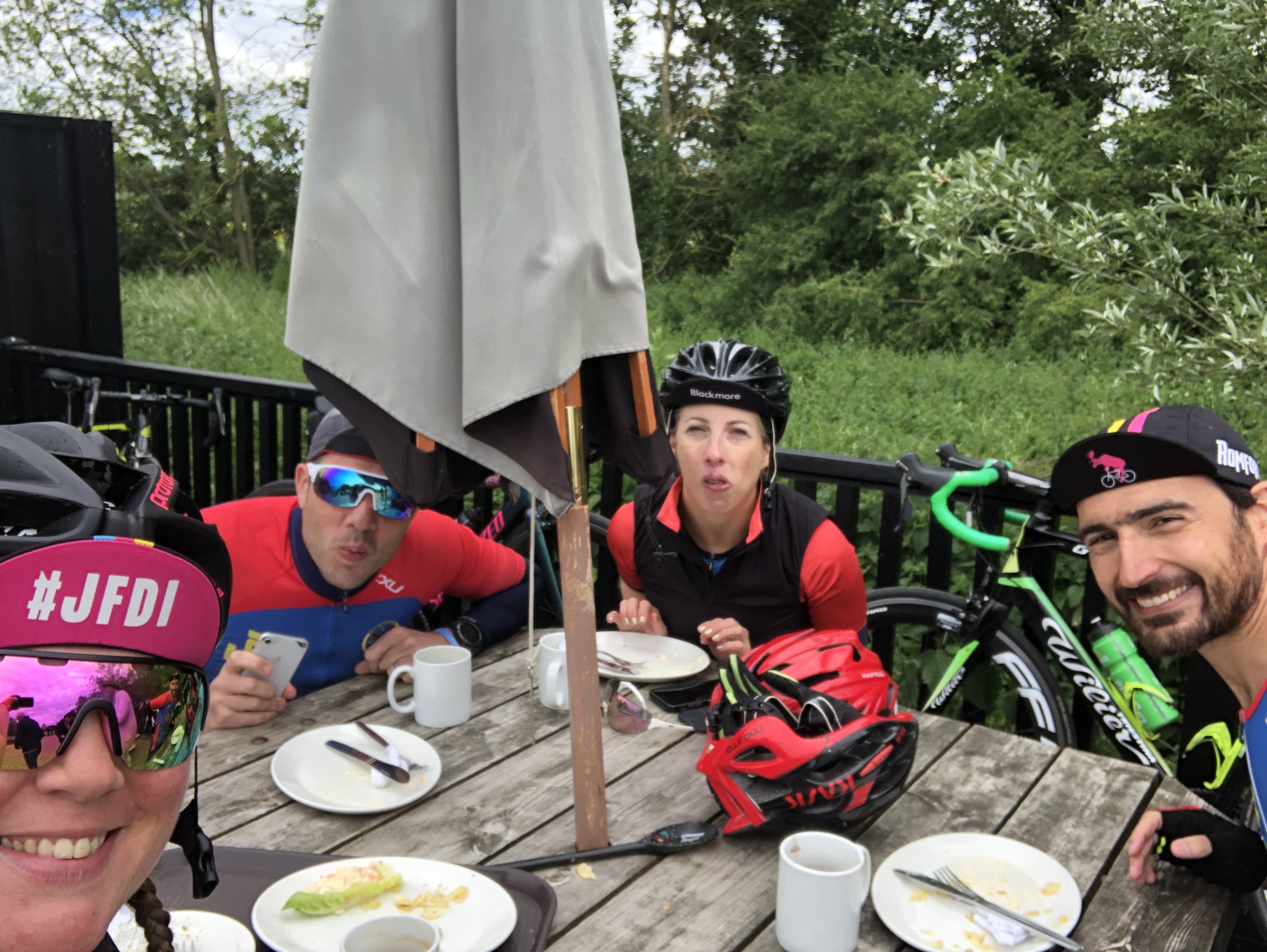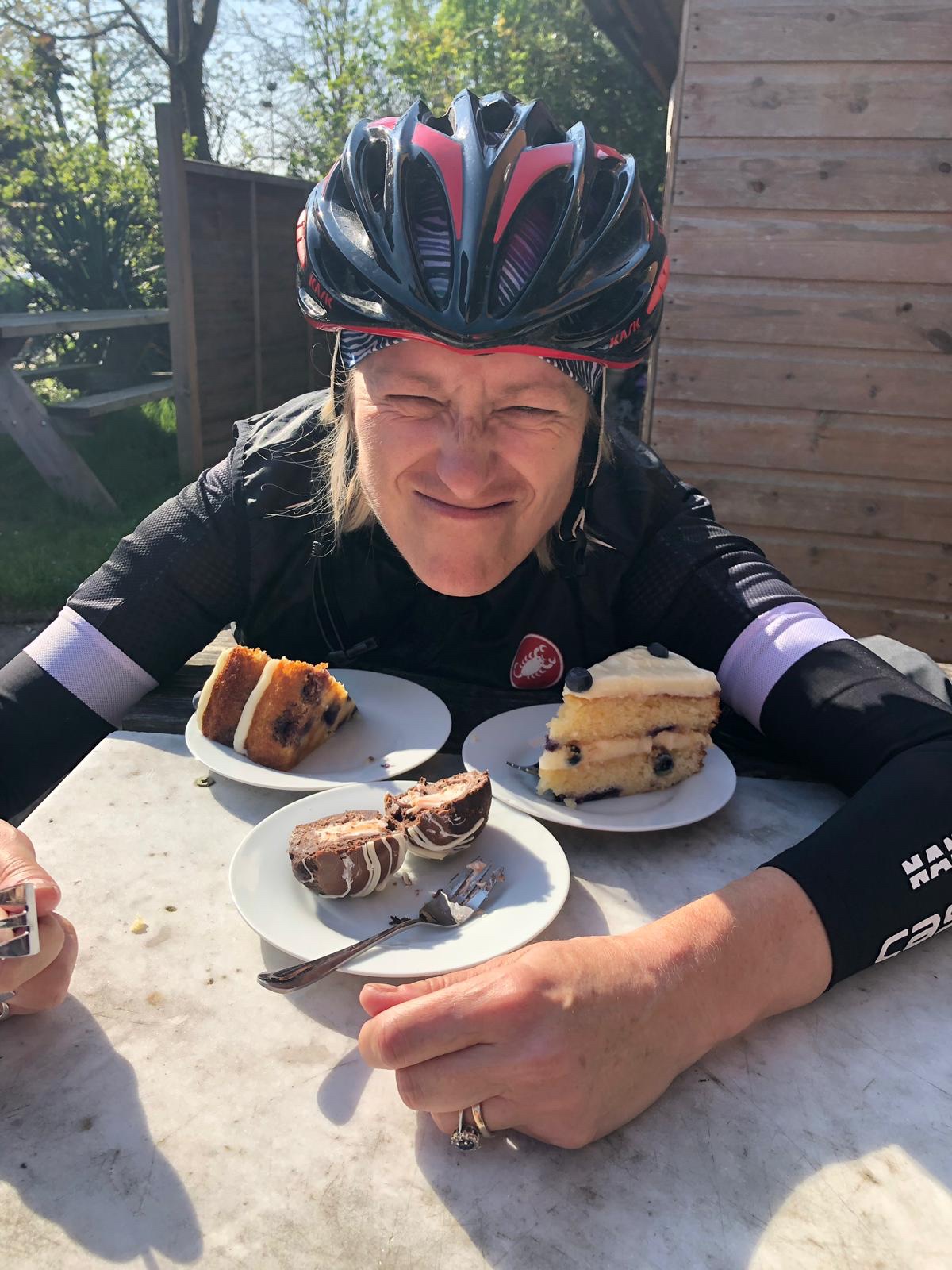I recently passed my British Cycling Level 1 Coaching qualification and added a post about this on my Instagram and Facebook.
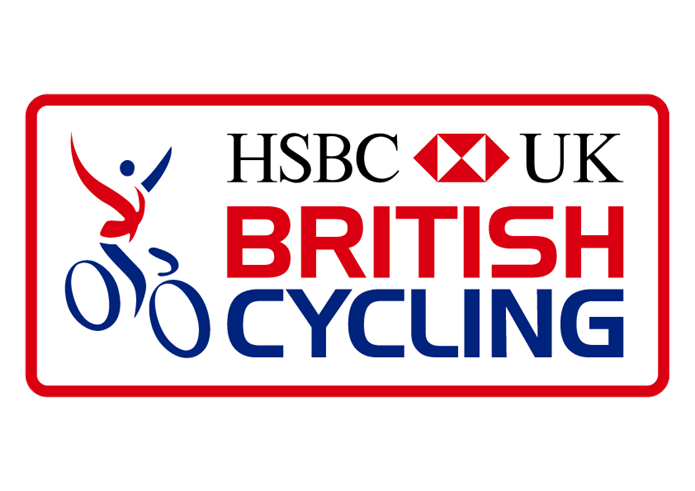
So what is this course? Well British Cycling have a number of qualifications you can get to develop your skills. In terms of the coaching qualifications on offer these run sequentially and Level 1 is the Foundation Coaching Cycling which covers the following in relation to delivering the essential techniques of cycling and coaching:
- safety and risk assessment
- safe coaching environments
- getting to know the riders
- equipment checks
- warm up exercises both on and off the bike
- planning, reviewing and delivering sessions
- techniques and skills
To pass and use the qualification you also need:
- to sign and agree to the British Cycling Code of Practice
- emergency first aid qualification
- safeguarding for young people and vulnerable adults
- DBS check (a criminal record check)
So you can rest assured coaches with British Cycling have all necessary additional qualification and checks completed for safety and peace of mind.
The course includes two practical training days – one being a development day and the other the main assessment day. Both days include working with others on the course and delivering sessions, getting feedback from others before the main assessment. For the main assessment I had to complete:
- risk assessment documentation
- document a 60 minute session plan on the technique of leading and following on the bike (including warm up on and off the bike, the main session, cool down and feedback/evaluation)
- deliver a clothing check to the group
- write and deliver a 15 minute session plan on the technique of cornering
Working with other like minded individuals is great and I found on my course we were all from different areas within the sport of cycling with some having raced mountain bikes, being bmx riders, part of cycling clubs of just adults, just children or both with differing levels of experience.
As well as the two face to face days there are a number of online modules to study and complete including an online theory assessment. Don’t underestimate the online modules as they definitely help with the two face to face days and there is a lot of information to cover if you want to do it properly and as you work through the modules you get links for the different documentation you will use as a coach including, for example, session plans, evaluation forms and incident report forms.
You receive two books as part of the course which are:
- Coaching Handbook
- Coaching Workbook
And why did I want this qualification? I share a lot of my experiences on my social media, my blog is my journey and I thought gaining this qualification would enable me to share more knowledge with others both online and also face to face.
I chose this course with British Cycling as they are the national governing body for cycling in Great Britain. Being someone who is passionate about cycling I admire the many initiatives that British Cycling have put in place to encourage more people into cycling and make it more accessible. Some of the initiatives include:
- Breeze Rides – free led bike rides for women
- Go Ride – helping encourage young people into the sport as part of cycling clubs and also within schools
- Bikeability –
- One In A Million – campaign to get one million women on bikes, which was achieved earlier this month
- Places to Ride – funding for organisations to develop a national network of cycling facilities also including equipment.
And yes I will be looking to do Level 2, which focuses on developing coaching skills. Level 1 enables you to deliver the sessions and techniques set by British Cycling and Level 2 allows me to write my own sessions and deliver them.
So can I interest you in getting on a bike?
